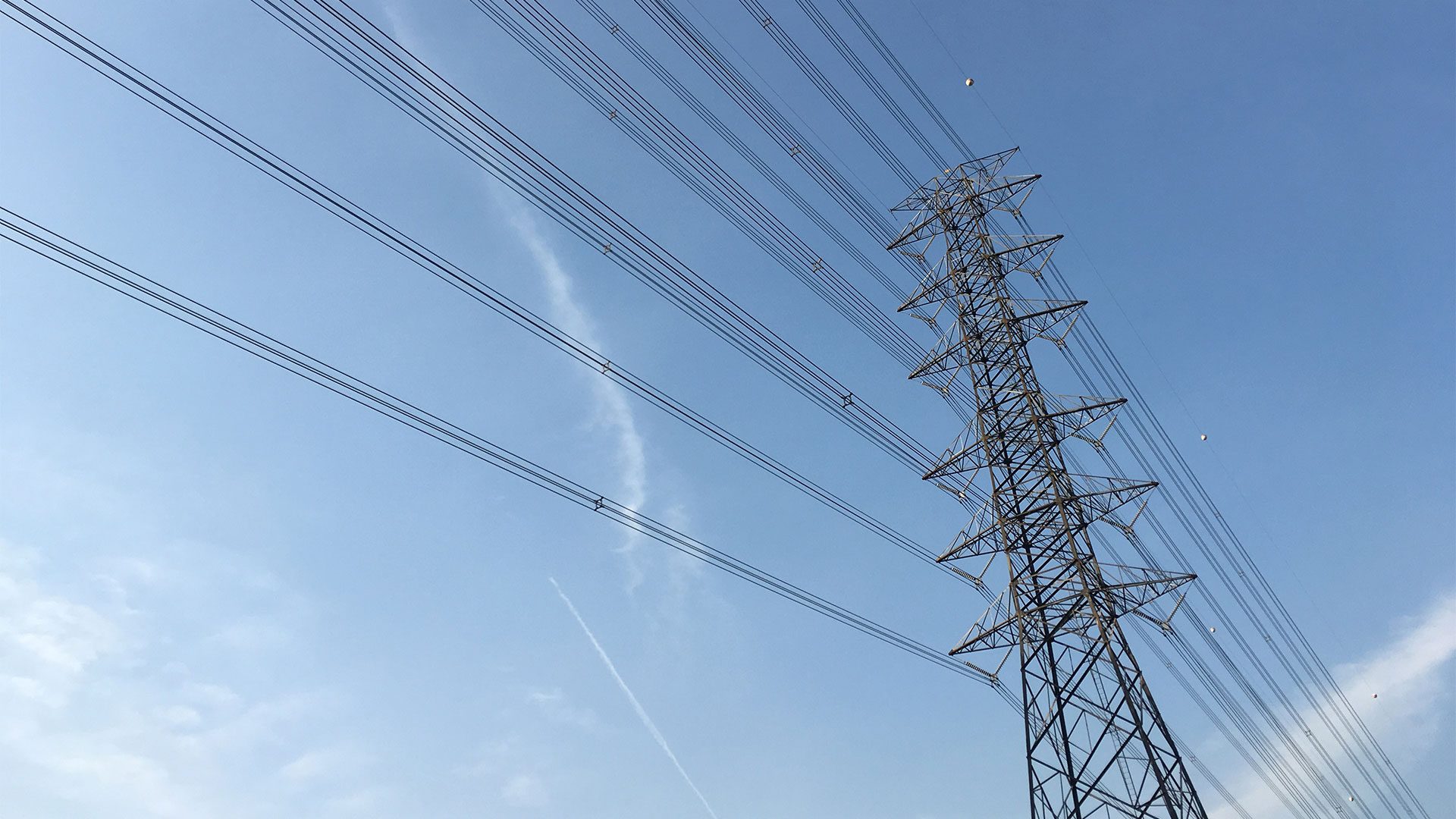During the PJM Transmission Expansion Advisory Committee (TEAC) Special Meeting held on September 16, 2024, extensive discussions revolved around PJM’s compliance with FERC Order 1920. This meeting was part of a series of special sessions organized to facilitate comprehensive stakeholder input on transmission planning and policy integration.
The meeting opened with a presentation from the New Jersey Board of Public Utilities, emphasizing the critical need for a robust and forward-looking transmission planning process. It was highlighted that FERC Order 1920 requires PJM to conduct long-term planning on a five-year cycle, but stakeholders, particularly from New Jersey, expressed a preference for a more frequent planning cycle, such as the three-year cycle previously considered under PJM’s Long-Term Regional Transmission Plan (LTRTP). This shorter cycle would allow PJM to more swiftly address growing energy demands and decarbonization efforts, especially in light of New Jersey’s ambitious offshore wind targets and increasing electrification in the transportation and building sectors.
A significant part of the discussion centered on the requirement that PJM incorporate a variety of factors into its planning scenarios, as mandated by FERC. These factors include state public policies, such as decarbonization and electrification laws, that directly influence future resource mix and demand. The inclusion of such factors is essential to ensuring that the grid’s future development aligns with both supply and demand-side changes . Furthermore, the session explored how PJM should incorporate state policies into transmission planning to ensure alignment with public policy goals across multiple states. The goal is to avoid “speculative transmission projects” by focusing on projects that are most likely to be necessary based on reliable models and scenarios.
Another key point raised was the growing backlog in PJM’s interconnection queue, driven by the influx of new generation and load, particularly from clean energy sources. The backlog is seen as a significant obstacle to achieving state and federal energy goals, and stakeholders urged PJM to prioritize reforms that would accelerate the deployment of new transmission infrastructure. These reforms are necessary to meet the demand for new generation, lower capacity prices, and mitigate the high prices seen in the recent capacity auction.
Advanced transmission technologies were also a focal point during the meeting. FERC Order 1920 mandates the inclusion of advanced technologies, such as dynamic line ratings and power flow controllers, in transmission planning processes. PJM was encouraged to integrate these technologies into their scenario development, as they could provide cost-effective solutions for addressing growing transmission needs across the grid . Additionally, stakeholders advocated for the use of portfolio planning, which allows PJM to propose more comprehensive solutions that could address multiple system needs across the PJM footprint. This approach not only enhances efficiency but also maximizes the benefits of transmission projects by reducing the risk of regional conflict and providing broader customer benefits.
Throughout the session, stakeholders emphasized the importance of PJM’s collaboration with states, particularly in defining the framework for incorporating state policy goals into transmission planning. This collaboration is seen as essential to ensuring that the transmission grid supports both reliability and decarbonization efforts while remaining cost-effective for customers.



